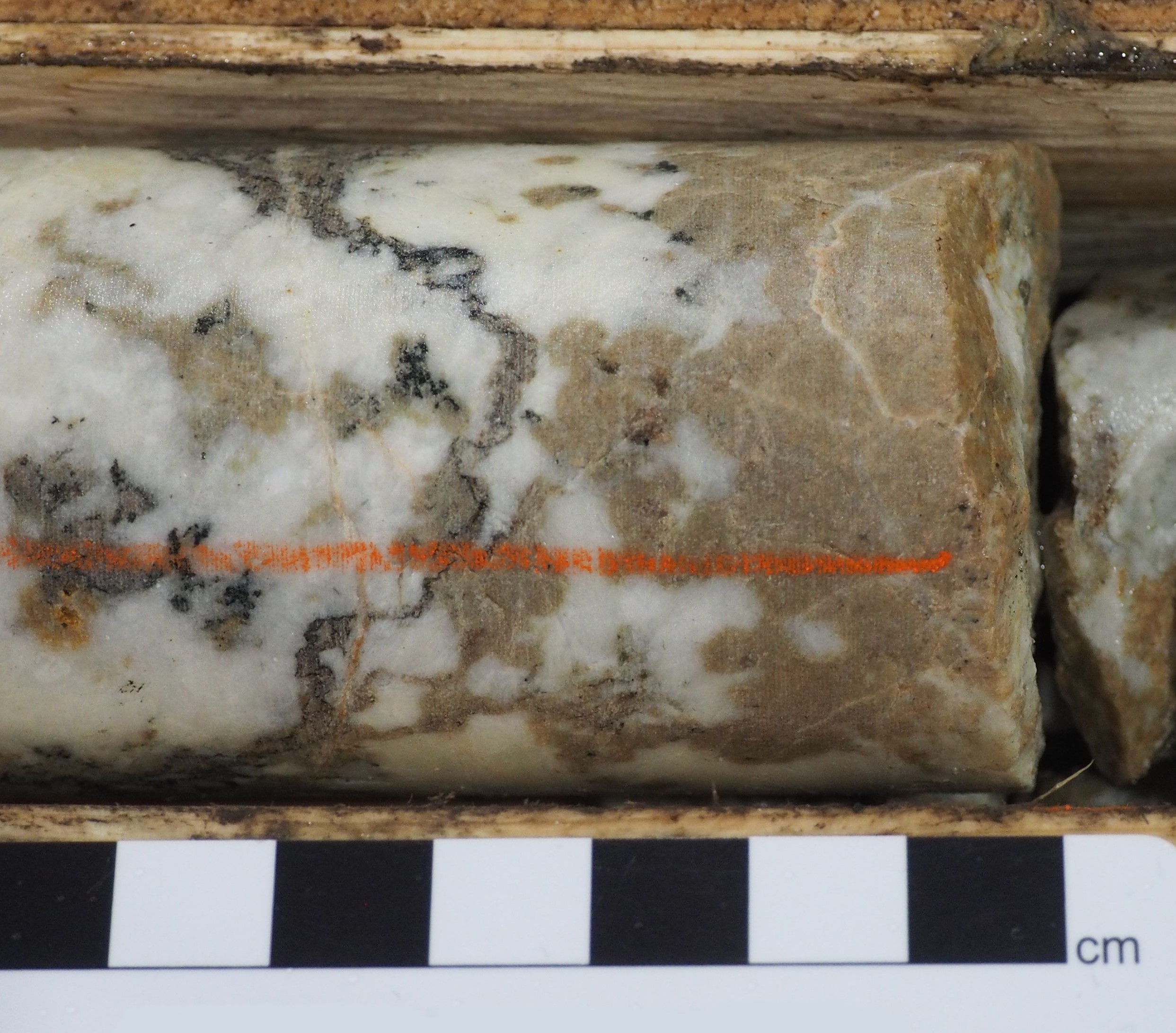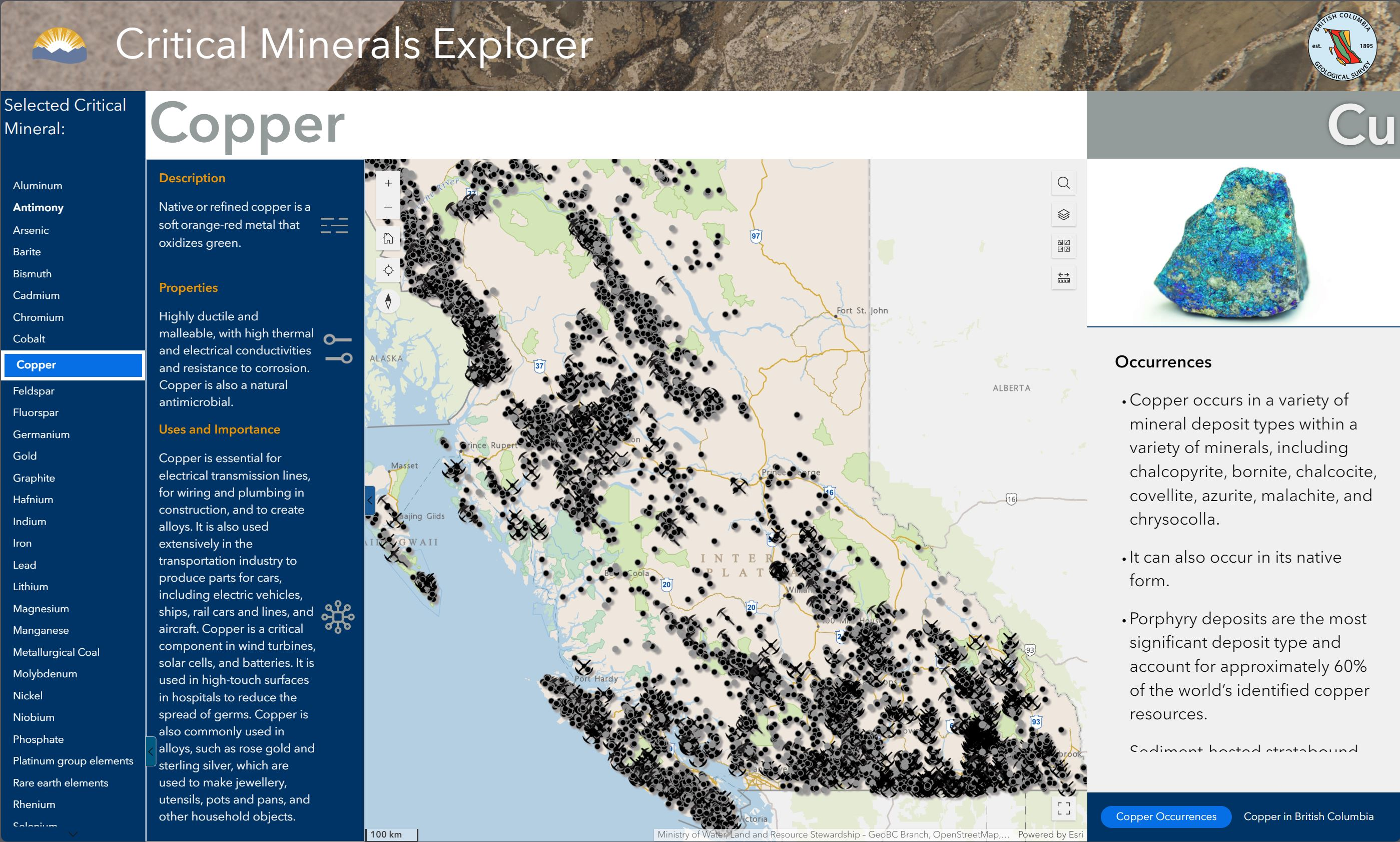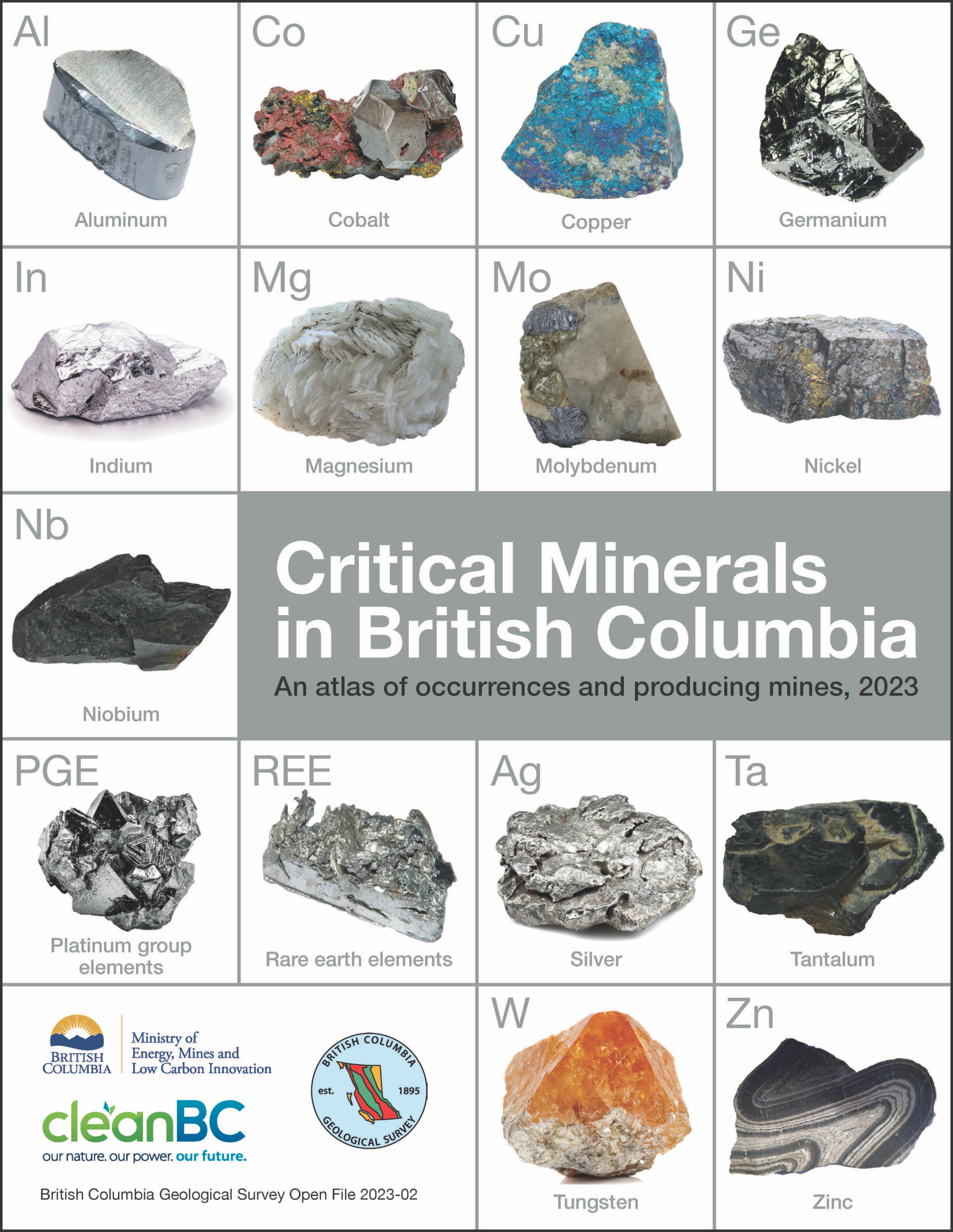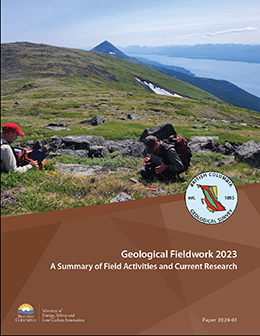Critical Minerals
What are critical minerals?

- Critical minerals are required to make electric vehicles, mobile phones, solar panels, wind turbines, electrical transmission lines, batteries, and medical devices, and to manufacture products needed for national defence.
- Critical minerals are defined by different groups for different purposes. Typically, critical minerals serve an essential purpose (e.g., national security, economic health) and may be at risk of supply disruption.
- Based on specific demands and supply vulnerabilities, different countries have different critical minerals lists. Each jurisdiction will have variations reflecting supply chain access, geography, and geopolitical circumstance. Critical minerals lists change with time as demand shifts and technology evolves.
- The widely accepted term ‘critical mineral’ is not entirely accurate because most are elements that are typically bound in the crystal structure of diverse minerals.
Critical Minerals Strategy
Visit the Mineral Exploration and Mining Critical Minerals webpage for information on the British Columbia Critical Mineral Strategy.
Critical Minerals Office
Visit the Critical Minerals Office webpage for more information on how British Columbia is prioritizing critical minerals project advancement.
The British Columbia critical minerals explorer
- The British Columbia critical minerals explorer is an interactive web application designed to help users explore the province's critical mineral resources. Users can navigate through an interactive map, click on pop-ups, and access detailed information about specific mineral occurrences. These data come from the provincial database of mineral occurrences: MINFILE.
- For a more detailed look at a particular mineral, please visit MapPlace2. To learn more about critical minerals, visit the critical minerals page here. For more information about British Columbia's critical mineral strategy, click here.
- This application presents details of 41 mineral commodities in British Columbia and does not constitute an official critical minerals list. Rather, it is an inventory that highlights minerals on the critical mineral lists of Canada and its trading partners that may be considered in the British Columbia Critical Minerals Strategy. Every mineral was evaluated while acknowledging that many are unlikely to appear on a provincial list.
The British Columbia critical minerals atlas
- With increased global demand, long-term critical minerals shortages are predicted. Consequently, jurisdictions around the world are developing strategies to ensure supply chains are robust and resilient.
- British Columbia is presented with a generational opportunity to support the low-carbon transition, grow the provincial economy, diversify global supply chains, and continue as a preferred supplier for partner nations.
- The British Columbia critical minerals atlas is the initial step in evaluating the critical minerals endowment of the province and in building awareness of critical minerals opportunities for the exploration and mining industries. A contribution to the CleanBC Roadmap to 2030, the atlas will be used as one piece of information to develop the forthcoming British Columbia Critical Minerals Strategy. The atlas is not British Columbia’s official critical minerals list. Instead, it represents an inventory of commodities in the province that appear on the Canadian list or on those of key trading partners.
Critical minerals and mineral systems in British Columbia
Hickin, A.S., Ootes, L., Orovan, E.A., Brzozowski, M.J., Northcote, B.K., Rukhlov, A.S., and Bain, W.M., 2024.
In: Geological Fieldwork 2023, British Columbia Ministry of Energy, Mines and Low Carbon Innovation, British Columbia Geological Survey Paper 2024-01, pp. 13-51. (PDF)
Mining is essential to produce the commodities needed to combat climate change. Low-carbon technologies need critical minerals to produce electric vehicles, mobile phones, solar panels, wind turbines, electrical transmission lines, batteries, and medical devices, and to manufacture products for national defense. Because of global demands, many of these critical minerals are predicted to see shortages, and British Columbia is faced with a generational opportunity for mining that will not only contribute to a low-carbon future but generate significant economic and societal benefits. Already mining critical minerals, British Columbia is Canada’s largest producer of Cu, only producer of Mo, mines Mg, and recovers Zn, Ag, and Pb. Adopting a mineral systems approach, the British Columbia Geological Survey is engaging in field, laboratory, and mineral potential modelling studies to evaluate the critical mineral endowment of the province, clarify by- and co-production possibilities of critical minerals not being recovered from current base and precious metal mines, and serve the provincial Critical Minerals Strategy. Six mineral systems are of particular importance: porphyry; volcanogenic massive sulphide; deep-water basin and platformal base-metal; magmatic mafic to ultramafic; carbonatite, and iron skarn. Providing foundational geoscience data and developing novel exploration techniques will encourage discoveries and enhance exploration for underexplored mineral systems. By increasing awareness of critical mineral opportunities for the exploration and mining industries, and by enhancing the critical mineral knowledge base, the province seeks to encourage investment that could lead to new discoveries, expand existing resources, and make British Columbia a significant supplier of the raw materials necessary to address the climate crisis.
Publications
The British Columbia Geological Survey is custodian of all public provincial geoscience data. Reports and maps produced since 1895 can be searched for, and downloaded from, our publication catalogue.




